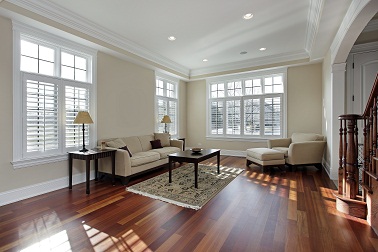
Windows open on to the soul of a home. From the inside, they allow the world to be seen from a safe distance. If you are in the market for new windows, consider replacing your current ones with energy efficient windows.
When you decide to choose environmentally friendly and more efficient products it means saving energy in the long run even if you pay more at the outset. Windows and doors can become a major source of air leaks and heat dissipation within a home. In an effort to lower energy costs, consider these factors when looking to buy new energy efficient windows.
Learn the Lingo
Everybody has their own language now. Energy efficient windows are no different. Become familiar with a few terms before you shop.
- U factor – This is the number that determines how fast non-solar heat is allowed to pass through a window pane. Lower U factors are more desirable.
- LSG – It won’t lower your sodium content but it will tell you the light-to-solar gain. The number is a ration that determines how much light is allowed to enter the window while blocking the heat. Most windows allow the admittance of light and heat which can turn your home into an oven about midday. Look for high numbers here.
- SHGC – Stands for solar heat gain coefficient. It is a fancy way of measuring the solar radiation that passes through a window. Low number reflects less radiation while higher numbers do the opposite.
- Air leakage – This one’s easy. It determines the amount of air that’s allowed to seep through a window. Low numbers are desirable signifying slower leaks.
Now that you know some of the numbers associated with different windows, let’s look at window types.
Types of Windows
- Awning – These windows open in on a top hinge like you’re lifting an awning. There is lower air leakage from this window type.
- Hopper – These windows open in on a bottom hinge. They also allow for smaller or slower air leaks.
- Casement – Casement windows are operated by a crank that swings the window inward or outward to allow for circulation of air.
- Fixed – You might see these windows in office buildings, some schools or homes with picture windows. They do not open or close but only allow light to enter. There is to the opportunity for ventilation if you want it.
- Double hung windows – Most homes have this window type these days. One pane slides across another. While the window can slide up it can also slide down from the top.
- Sliding windows – Just like sliding doors, the panes move horizontally across each other. There is a tendency for more air to escape here.
Which windows are more energy efficient? Check the acronyms. Choose your new windows not only based on style, but also with an eye towards saving energy.

